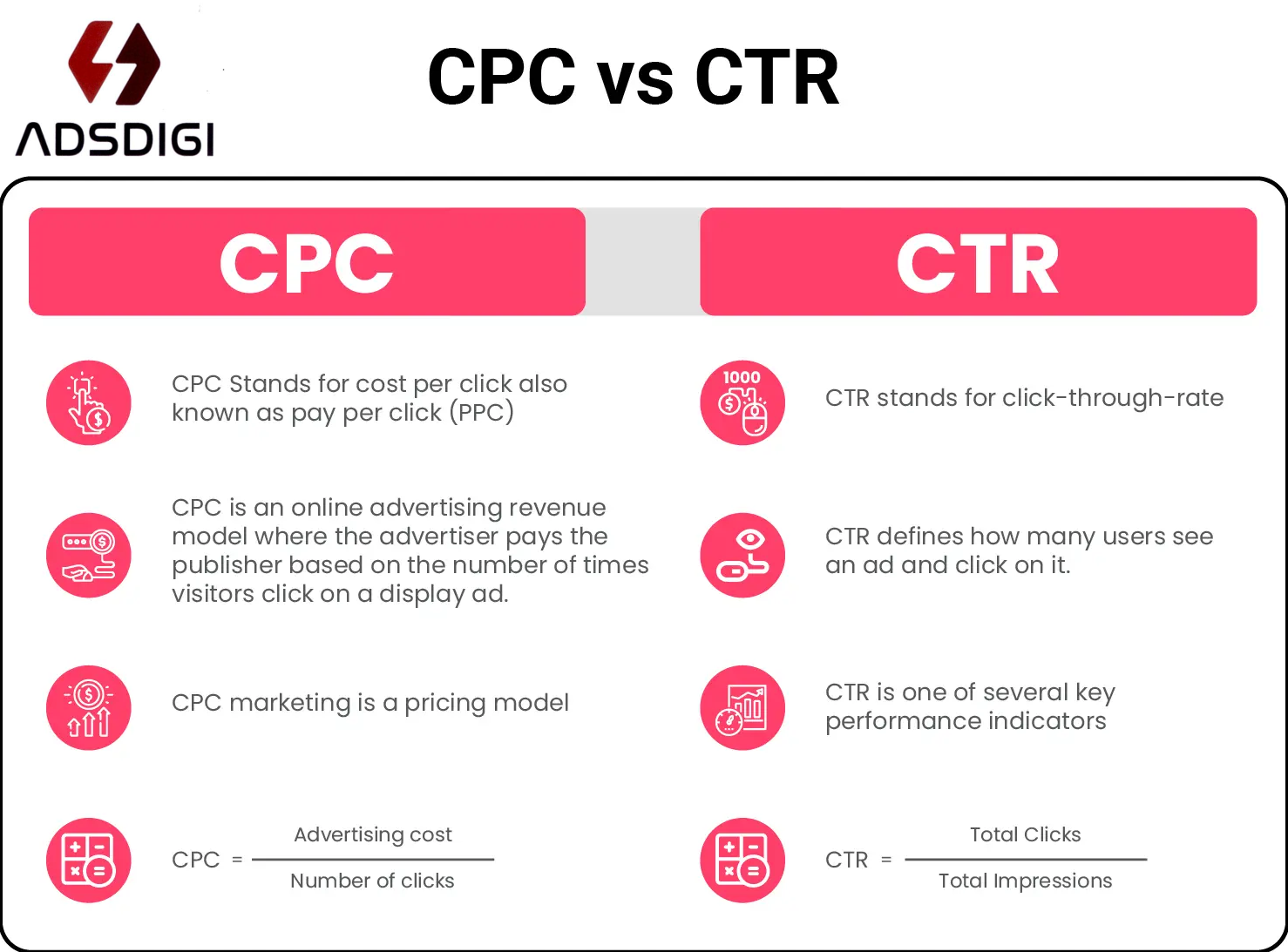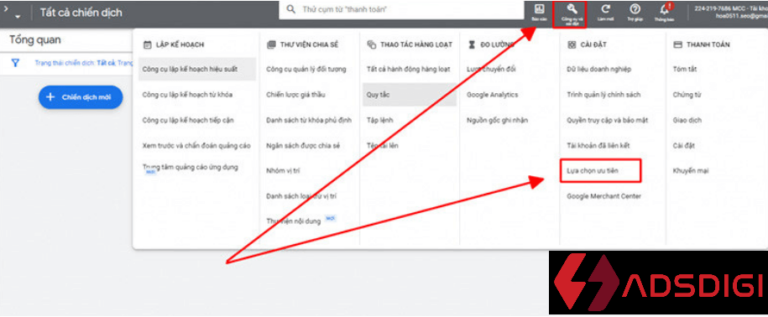CTR refers to the percentage of people who click on an ad after seeing it, while CPC refers to the amount advertisers pay for each click on their ad.
The relationship between CTR and CPC is inverse: when CTR increases, CPC tends to decrease. This is because a higher CTR indicates that the ad is relevant and engaging to the audience, meaning advertisers get more value from their ad spend. In other words, if more people click on the ad, it signals that the ad resonates with the target audience and provides a positive user experience. This can lead to lower CPC, as advertisers achieve their desired results with fewer clicks.
Conversely, if CTR is low, it suggests that the ad does not appeal to the target audience, and advertisers may have to pay more to achieve their desired results. In this case, CPC can be higher because advertisers may need to bid more to have their ad displayed to the right audience.
However, the relationship between CTR and CPC is not always straightforward or predictable. Other factors, such as competition for ad space, bidding strategies, and targeting options chosen by advertisers, can also influence CPC. Additionally, while a higher CTR can lead to a lower CPC, an extremely high CTR can sometimes result in a higher CPC due to increased competition. Ultimately, the relationship between CTR and CPC depends on multiple factors, and advertisers must carefully monitor and optimize both metrics to achieve their desired outcomes.
What is Click-Through Rate (CTR)?
CTR measures the percentage of people who see your ad or free product listing and then click on it. You can use CTR to evaluate the effectiveness of keywords, ads, and free product listings.
- CTR is the number of clicks your ad receives divided by the number of times your ad is shown: clicks ÷ impressions = CTR. For example, if you have 5 clicks and 100 impressions, your CTR would be 5%.
- Each ad, listing, and keyword will have its own CTR that you can see in your account.
- A high CTR is a good result, it indicates that users find your ads and information useful and relevant. CTR also contributes to the keyword’s expected CTR, which is a component of the ad’s ranking. Keep in mind that a good CTR is related to the content you are advertising.
- You can use CTR to evaluate which ads, keyword listings need improvement. The more relevant your keywords, ads, and listings are to each other and to your business, the more likely someone is to click on your ad or listing after searching for your keyword phrase.
Some tips to improve your CTR:
-
Create high-quality ads: Your ads should be clear, concise, and relevant to the keywords you want to target. They should also be compelling enough to encourage people to click.
-
Use relevant keywords: Ensure that your ad’s headline and description contain relevant keywords. This will help your ad appear for related searches.
-
Target the right audience: Make sure your ads are shown to users who are likely to be interested in what you offer. You can do this by using demographic and interest-based targeting.
-
Test and optimize: It’s important to regularly test and optimize your ads to see which ones are performing well and which ones aren’t. You can use tools like Google Ads to track CTR and other metrics.
By following these tips, you can improve your CTR and get more value from your advertising budget.
What is the Average Cost Per Click (CPC)?
The average amount you pay for each click on your ad. The average cost per click (average CPC) is calculated by summing the cost of the clicks you receive by the total number of clicks.
- The average CPC is calculated based on your actual cost per click (actual CPC). Actual CPC is the actual amount you pay for each click on your ad. Note that your average CPC may differ from your maximum cost per click (maximum CPC). Maximum CPC is the highest amount you can pay for each click.
- Here’s an example of how to calculate average CPC. Let’s say your ad gets 2 clicks, one costing $0.20 and one costing $0.40, for a total cost of $0.60. You would divide $0.6 (total cost) by 2 (total clicks) to get an average CPC of $0.3.
- You can find your average CPC in the “Avg. CPC” column in your campaign.
- Just starting out and want to know how much you can expect to pay per click on average? You can use the Keyword Planner tool to get an estimated average CPC for your search network campaigns.
Some tips to improve your CPC:
The easiest way to change your CPC is by organizing your ad groups and adjusting keyword bids (note that CPC is adjusted at the keyword level, not the ad level). However, the most immediate impact of lowering bids is that your ad position may drop, and you may receive fewer clicks.
So, how can you reduce CPC while maintaining a good average position?
- The first way is to test different keywords. Since you want to reduce your ad CPC, you can look for other cheaper keywords – perhaps longer tail and less competitive – and change the keywords in your ad group.
- The second way is to increase the quality score (QS) on existing keywords. The result of increasing your QS is to achieve a higher position for the same bid or alternatively, you can reduce your bid and maintain your existing position.
- Increasing QS is a whole topic in itself, many Google Ads experts I know work on this issue only, their entire activities revolve around ways to increase QS.
- A quick Google search on how to increase Google Ads Quality Score will give you a lot of ideas. But the basic premise from Google is that you need to increase the relevance of your ad keywords to the landing page. This is done by having ad groups closely linked to keywords that are relevant to your ads and landing pages. This way, when a user searches for something specific, they will see specific ads and be redirected to a landing page that has the specific information they need.
Conclusion
So we have introduced to you and the CTR and CPC indexes, please refer to them. If you still have difficulties in optimizing your campaign, you can contact ADSDIGI, there are always enthusiastic staff to support you in optimizing your advertising.




